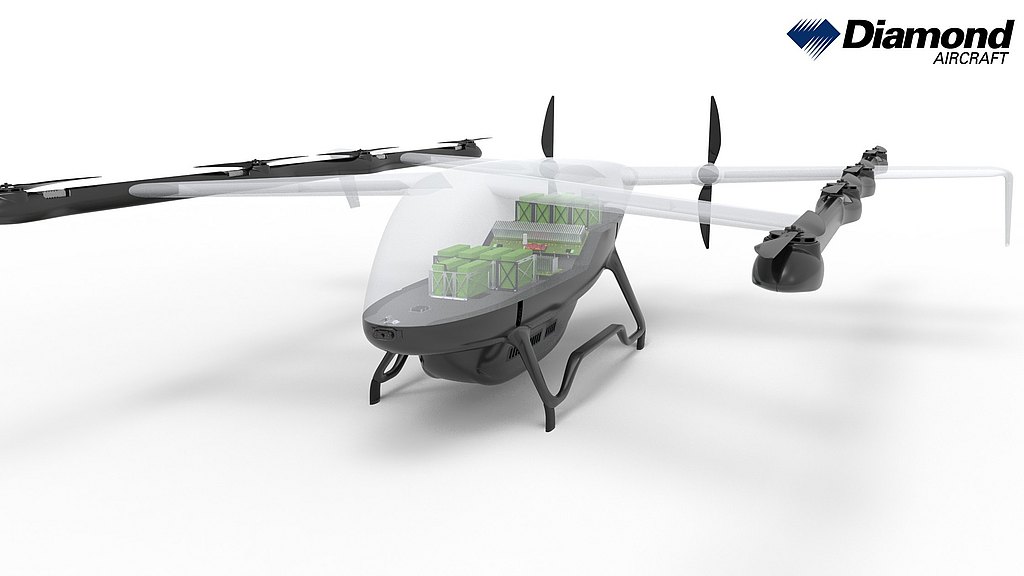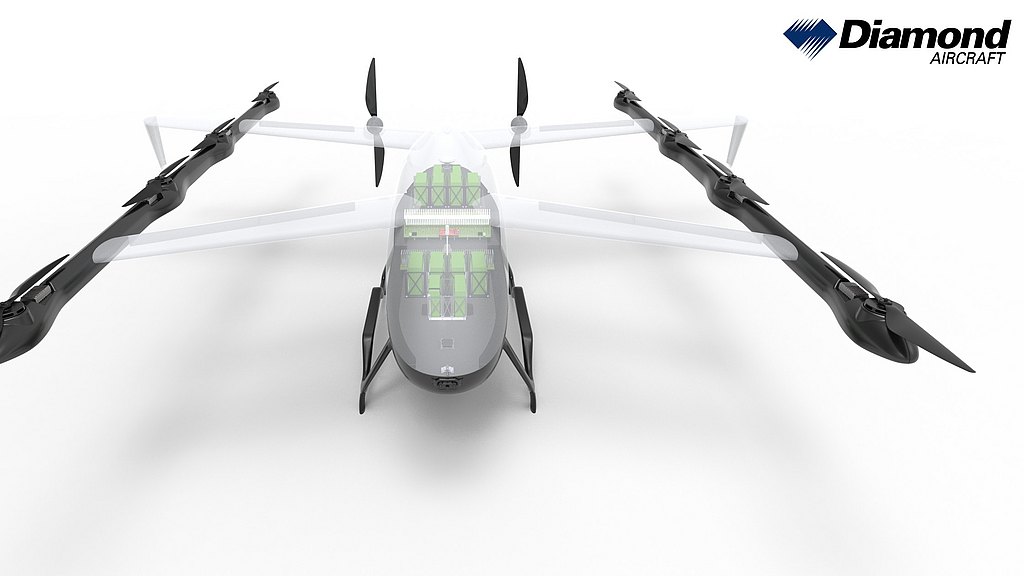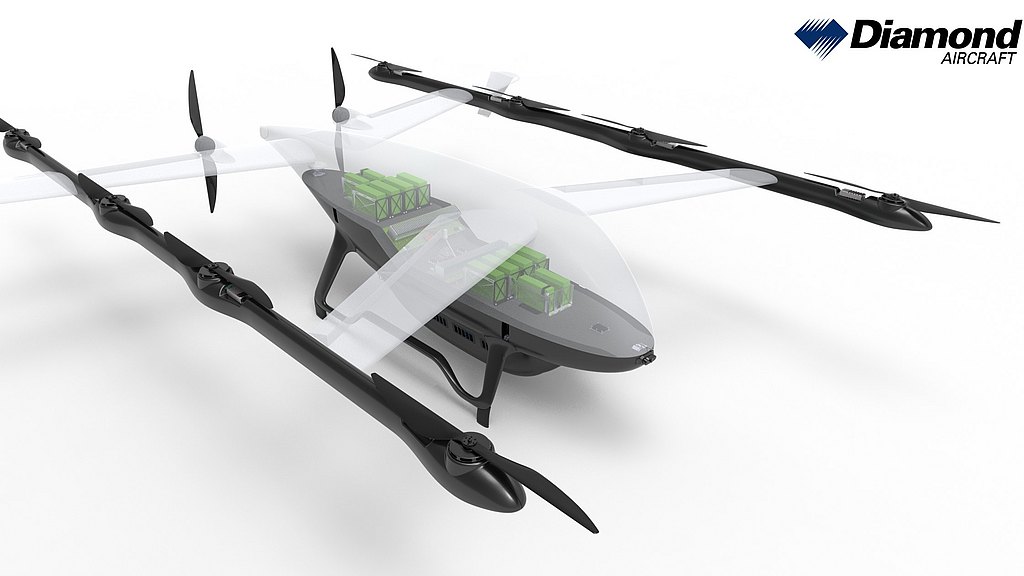Hydrogen is a zero-carbon fuel that could play a decisive role in the future of sustainable aviation. It can be used either in fuel cells, where electrochemical reactions produce energy from hydrogen and oxygen with only water as a byproduct, or in internal combustion engines. Through either method, hydrogen does not produce carbon dioxide. Only in the case of high temperature reactions – such as hydrogen combustion – can nitrogen oxides emissions in some cases develop.
The zero-emission profile of low temperature fuel cells and their quieter operation are among the reasons why this technology is gaining traction, not only in the automotive and maritime sectors, but also for aviation applications. In addition, hydrogen powertrains offer higher system-level energy density compared to purely electrical ones, allowing greater range and endurance for zero emission aircraft.
However, relying on hydrogen alone for aircraft propulsion poses major challenges. These include the low power-to-weight ratio of hydrogen fuel cells – which would make them too heavy to cover peak power demands – and the storage of hydrogen, which requires significant volume due to its low density, within the limits of an aircraft airframe. Another challenge is the safety and certification aspect due to hydrogen’s propensity to leak and its low ignition energy, as well as safety challenges introduced by high pressure or cryogenic hydrogen storage systems.
For these reasons, the research team is implementing a hybrid hydrogen-electric architecture. They see this is as key to leveraging both the high power density of batteries and the high energy density of the hydrogen fuel cell powertrain. This architecture also offers increased redundancy as an added benefit.
The testbed will be a scaled General Aviation platform and will include a fuselage, sets of independent batteries, hydrogen fuel cell and hydrogen storage system and up to 10 electric motors and propellers. The research team had originally planned to develop a testbed that mirrors powertrains typically used in a General Aviation twin-engine aircraft. However, given the fast-growing interest in Advanced Air Mobility, the team has adapted its design to enable testing of a VTOL (vertical takeoff and landing) platform with up to 10 motors.
With the H2EDT testbed, the project has set about testing a holistic approach to energy management and heat recovery, while investigating the performance and reliability of hydrogen fuel cells and storage and distribution systems for aviation applications.
What sets the H2EDT apart is its digital power management system, implemented via a power distribution board developed by FH JOANNEUM, as well as its ‘parallel’ hybrid architecture, where batteries and hydrogen fuel cells can both directly power any motor in the system. The innovative H2EDT system leverages digital sensors and multiple power sources to automatically combine electric and hydrogen power as required, greatly improving efficiency and safety.
An essential part of the project has been the design of a digital twin assembling both detailed CAD geometry and performance simulations, the latter thanks to a model developed in cooperation with TU Graz. This model will be calibrated using test data and provide insights beyond the scope of the H2EDT testing. These will include simulations of failure modes and different environmental conditions, such as a high-altitude flight or high air temperatures.
Another project goal is to define certification and design guidelines for a possible follow-up hydrogen project on a full-scale General Aviation platform such as a DA40 or a DA42. Certification and design challenges specific to hydrogen storage and distribution systems are also being investigated.
H2EDT marks another important milestone for Diamond Aircraft in hydrogen propulsion research. Previous achievements include Boeing Phantom Works integration of a fuel cell system in a Diamond HK36 and participation in the AH2AS (Austrian Hydrogen Aviation Study) and concurrent FFG funded projects like the Austro Engine-TU Wien conversion of a diesel engine into a dual fuel Jet-A1/H2 powered engine. Presentation of the H2EDT results is anticipated for the first half of 2026.
The pictures below show the H2EDT testbed components integrated within a complete half-scale CS-23 VTOL aircraft. The testbed will provide valuable experience in hybrid hydrogen-electric architecture on a simplified yet representative platform, accelerating development cycles and ensuring the safety of future hybrid aircraft.
This project has received funding from the Austrian research funding program Take Off. Take Off is a Research, Technology and Innovation Funding Program of the Republic of Austria, Ministry for Innovation, Mobility, and Infrastructure (BMIMI). The Austrian Research Promotion Agency (FFG) has been authorized for the Program Management.


